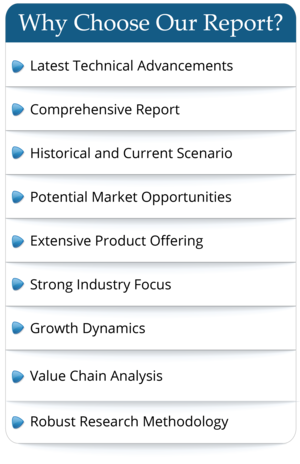Global Low-E Glass Coating Market Research Report 2023
SKU ID : QYR-25890276 | Publishing Date : 04-Dec-2023 | No. of pages : 91
According to Researcher's new survey, global Low-E Glass Coating market is projected to reach US$ 1043.8 million in 2029, increasing from US$ 879 million in 2022, with the CAGR of 2.2% during the period of 2023 to 2029. Influencing issues, such as economy environments, COVID-19 and Russia-Ukraine War, have led to great market fluctuations in the past few years and are considered comprehensively in the whole Low-E Glass Coating market research.
The global low-emissivity (low-E) glass coating market refers to the market for special coatings applied on glass surfaces to improve their energy efficiency and thermal insulation properties. Low-E glass coatings help reduce the transfer of heat and block harmful ultraviolet (UV) and infrared (IR) radiation, thereby enhancing the energy efficiency of buildings and reducing heating and cooling costs. The market for low-E glass coatings is driven by several factors, including the increasing demand for energy-efficient building materials, strict building codes and regulations regarding energy efficiency and sustainability, and growing awareness of environmental concerns. As the construction industry focuses on sustainability and energy conservation, low-E glass coatings are gaining popularity as an effective solution for optimizing energy performance in buildings. Low-E glass coatings can be categorized into two types: passive and solar control. Passive low-E coatings are designed to minimize heat loss during cold seasons while allowing solar heat gain, thus maintaining a comfortable indoor environment. Solar control low-E coatings, on the other hand, are engineered to reflect a higher percentage of solar heat during hot seasons, reducing the need for excessive cooling. The global market for low-E glass coatings can also be segmented based on application areas, including residential buildings, commercial buildings, and automotive. Within residential and commercial buildings, low-E glass coatings find applications in windows, doors, skylights, partitions, and other glass surfaces. In the automotive sector, they are used in windshields and other glass components to optimize thermal insulation and improve fuel efficiency. Geographically, North America, Europe, Asia-Pacific, Latin America, and the Middle East and Africa are key regions in the low-E glass coating market. North America and Europe have been early adopters of energy-efficient building practices, driving the demand for low-E glass coatings in these regions. Asia-Pacific is experiencing significant growth due to rapid urbanization, increasing construction activities, and the implementation of strict energy efficiency regulations. Environmental sustainability is a key trend in the low-E glass coating market, with manufacturers increasingly emphasizing the development of eco-friendly and energy-efficient coatings. This involves reducing the use of harmful substances, such as volatile organic compounds (VOCs), in the manufacturing process and improving the recyclability and durability of coatings.
Report Scope
This report, based on historical analysis (2018-2022) and forecast calculation (2023-2029), aims to help readers to get a comprehensive understanding of global Low-E Glass Coating market with multiple angles, which provides sufficient supports to readers’ strategy and decision making.
By Company
Nippon Sheet Glass Co., Ltd
AGC Inc.
Central Glass Co. Ltd.
Xinyi Glass Holdings Co., Ltd.
Cardinal Glass Industries
CEVITAL GROUP
China Glass Holding, Ltd
GUARDIAN GLASS LLC
Fuyao Glass Industry Group Co., Ltd.
Saint-Gobain S.A
SCHOTT AG
Sisecam Group
Taiwan Glass Ind. Corp.
PPG Industries
Segment by Type
Sputtered (Soft Coating)
Pyrolytic (Hard Coating)
Segment by Application
Building
Automotive
Others
Production by Region
North America
Europe
China
Japan
Consumption by Region
North America
United States
Canada
Europe
Germany
France
U.K.
Italy
Russia
Asia-Pacific
China
Japan
South Korea
China Taiwan
Southeast Asia
India
Latin America, Middle East & Africa
Mexico
Brazil
Turkey
GCC Countries
The Low-E Glass Coating report covers below items:
Chapter 1: Product Basic Information (Definition, type and application)
Chapter 2: Manufacturers’ Competition Patterns
Chapter 3: Production Region Distribution and Analysis
Chapter 4: Country Level Sales Analysis
Chapter 5: Product Type Analysis
Chapter 6: Product Application Analysis
Chapter 7: Manufacturers’ Outline
Chapter 8: Industry Chain, Market Channel and Customer Analysis
Chapter 9: Market Opportunities and Challenges
Chapter 10: Market Conclusions
Chapter 11: Research Methodology and Data Source
Frequently Asked Questions
- By product type
- By End User/Applications
- By Technology
- By Region

 Pre-order Enquiry
Pre-order Enquiry Request Free Sample
Request Free Sample


 Request Sample
Request Sample Request Discount
Request Discount










